“It’s a balloon flower, Mom.” My youngest jumped up and down with glee.
“A what?” I asked. I have to admit, I’ve heard some pretty strange names for flowers but balloon flower was a new one to me.
“A balloon flower,” my oldest confirmed. “That’s what the flower looks like when it blooms. A balloon.”
“Well. This should be interesting.”
I really wasn’t convinced that the flower’s actual name was balloon flower. After planting it in a sunny location, I looked it up. Platycodon grandifloras is actually commonly known as balloon flower due to its buds that blow up like a balloon before popping open with five-petaled, bell-shaped flowers.
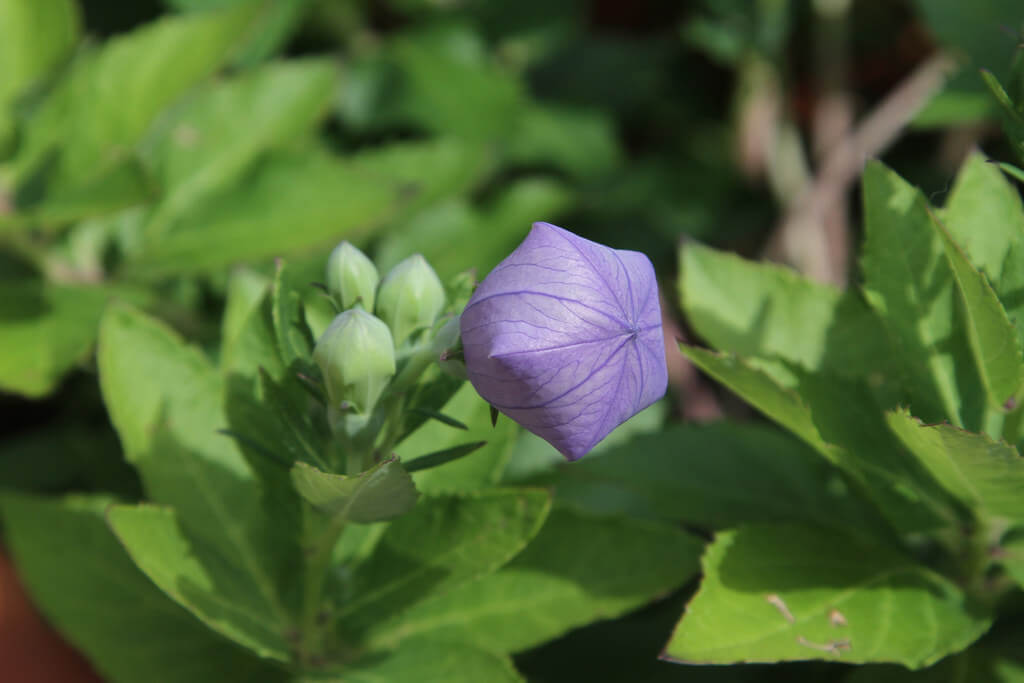
It’s a native plant of eastern Asia, but as a perennial, it grows well in many temperate zones around the world. It grows tall, too. Up to 2 feet. And it can expand to about a foot in width!
The unusual name gave this flower an added attraction, and it quickly became a family favorite. While living in suburbia, I marveled at the appearance of this flower, usually in early July. It did well in my small, crowded gardens. Sadly, it didn’t flower for long, and once the flower had burst open, it was only a matter of days before it became a distant memory until it reappeared the following summer.
When I moved to the country, the balloon flower was one plant I insisted on transplanting to my new gardens. Knowing how well it liked the cluster of flowers around it, crowded into a sunny corner, I chose a somewhat protected garden right next to the house, in front of the main window, hemmed in by clusters of dark-eyed Susans.
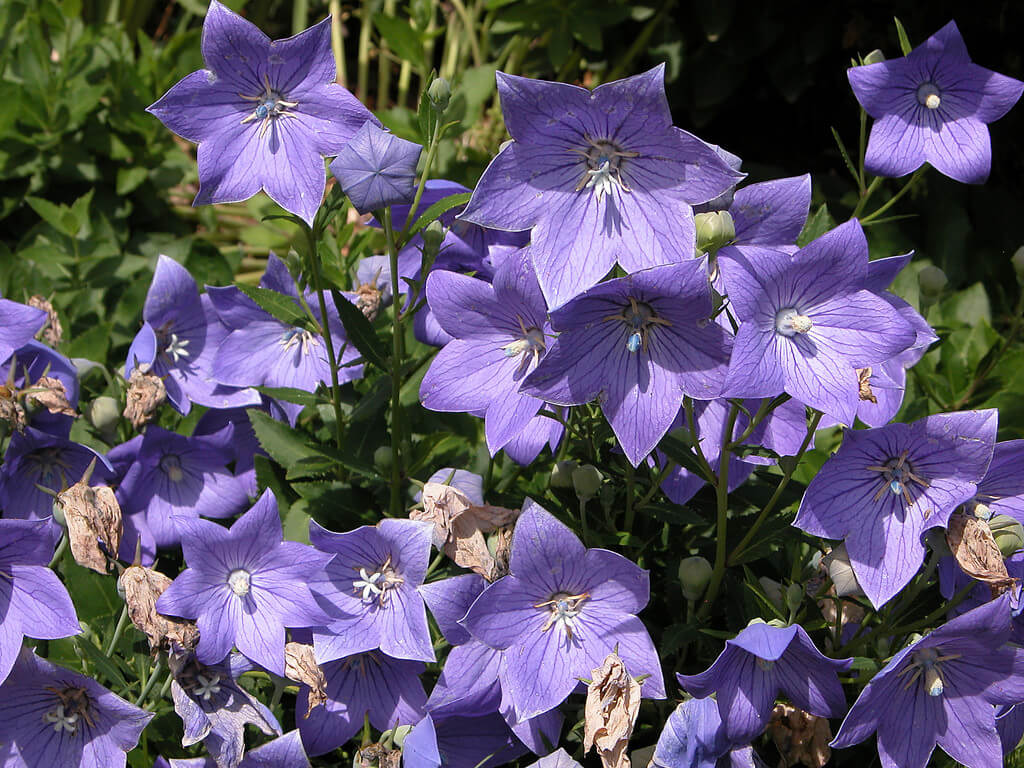
It was a prime location as I could watch for its annual appearance either from inside the house or outside. It’s done well in its new garden home, growing taller every summer and bursting its balloon flowers right on schedule. And the colors are spectacular. Most balloon flowers are blue. I don’t have the blue balloon flower, but I do have the white and the pink ones, and I have seen some purple balloon flowers in other gardens.
Although I enjoy the balloon flower for its appearance, and of course, its curious name, there are, apparently, other uses for this plant. In my research, I discovered that this plant is not just a flower. It’s also considered a root vegetable in many parts of the world, and these roots are used for medicinal purposes as well. It is both a unique addition to a flower garden as well as being a multi-use plant.
However, that being said, like anything else we choose to consume or use medicinally, take care. Experiment in small doses. Whilst some rave about the benefits and culinary uses of a plant, there are just as many who claim its dangers and label its qualities as toxic. This is certainly the case with the balloon flower.
https://www.instagram.com/p/Bnz98SYAztw/?tagged=balloonflower
I find the research on its uses interesting, but personally, I have no intention of either consuming parts of the plant or using it for medicinal purposes. Besides, since the edible part is the root, if I dig up the roots, I’d no longer have my faithful plant that blesses me with its blossoms every summer. However, if you’re keen to experiment, here’s what I discovered in my research.
As I mentioned, this plant is native to eastern Asia. Koreans are known to dig up balloon flower roots, called doraji, and use them either fresh or dried in a vegetable stir-fry dish known as namul. Dried doraji may be purchased in Korean grocery stores. If using the dried variety, it should be soaked overnight in water, then drained the following day, at which point you add sea salt and then rinse it well.
https://www.instagram.com/p/Be11EpElQSm/?tagged=balloonflowerroot
Then it’s covered with water again and boiled for 2 minutes to blanch it. Drain it well and sautée it in a mixture of sea salt, sugar, minced garlic and sesame oil until tender. Apparently, the multiple soakings and rinses are to get rid of the bitter taste of this root.
There are other Korean dishes that call for balloon flower root (doraji). It’s even a popular ingredient in some Korean desserts like doraji-jeonggwa. The syrup made from the root (doraji-cheong) is like a honey. It’s also used to make balloon flower root tea and even to make liquor.
The root is a key ingredient in Eastern medicines, the cure-all ingredient for ailments from anti-inflammatory to anti-allergy and just about everything in between. The most common use of the root extracts is for throat and lung conditions like colds, coughs, sore throat, chest congestion, and asthma.
For me, I’m content to keep my balloon flower as a once-a-year dash of color, as well as an interesting topic of conversation. I will enjoy looking at my flower each year, watching it pop open like a burst balloon.


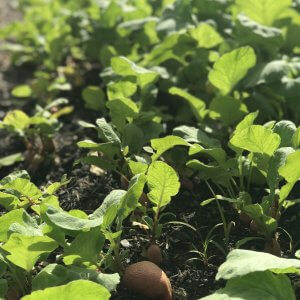
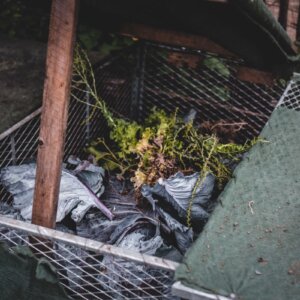
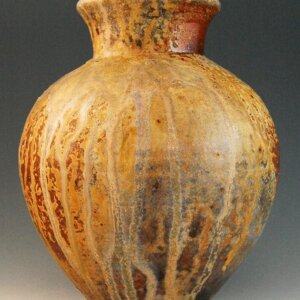
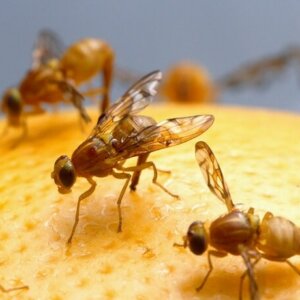

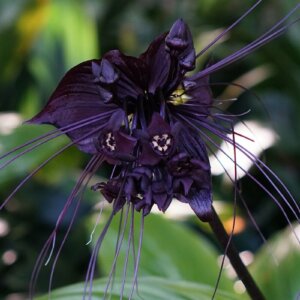
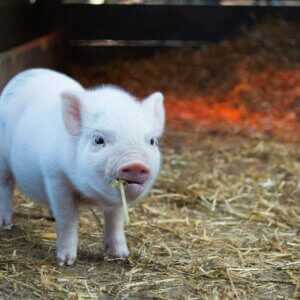
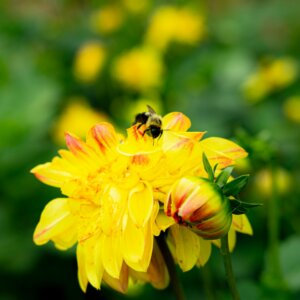
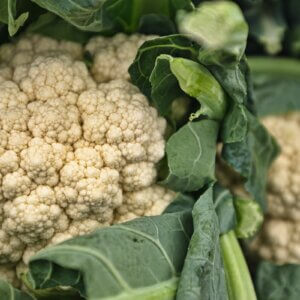
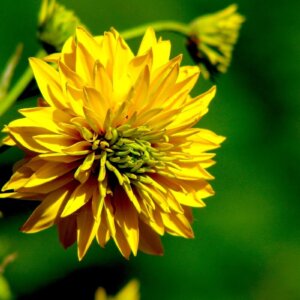
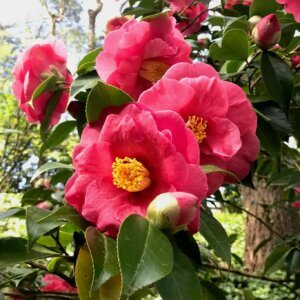
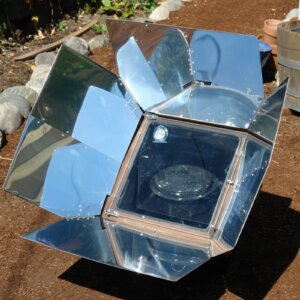


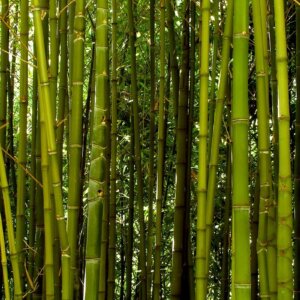
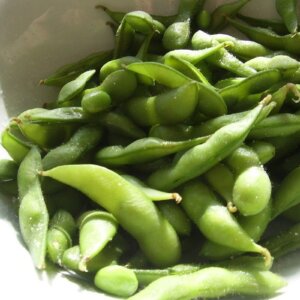
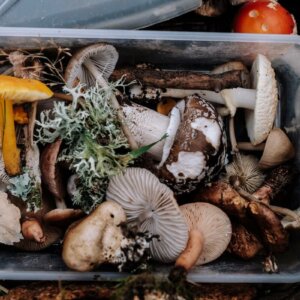
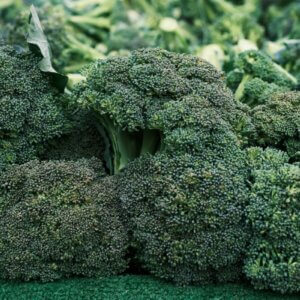
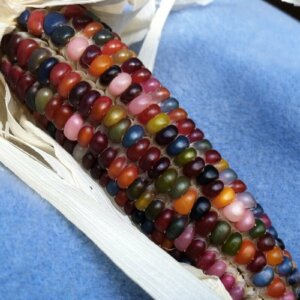
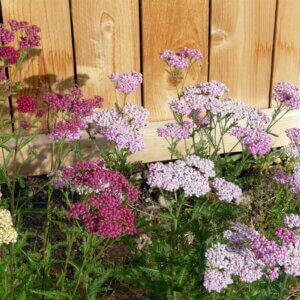

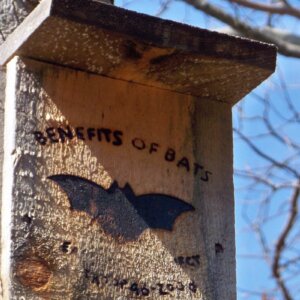



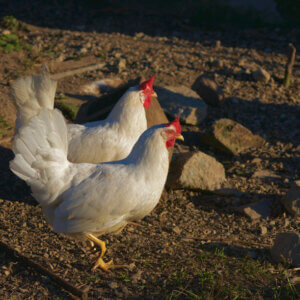
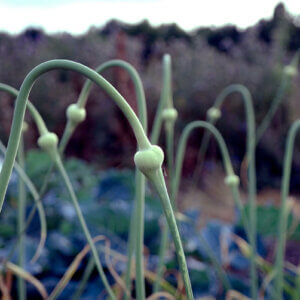

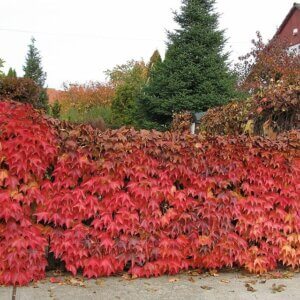

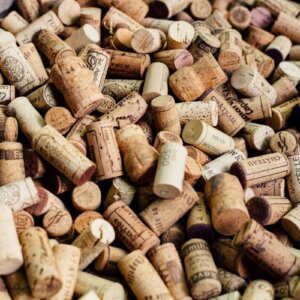



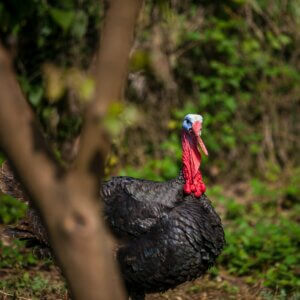
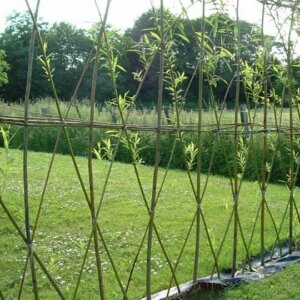




I have been told I should cut them back after the balloon flower is done and it will bloom again the same year.
You can cut them back. I never have and they always bloom again. I prefer to leave the plants after they’re finished for the year so they can provide homes for honeybees over the winter months.